People, service, relationships best define our first 30 years
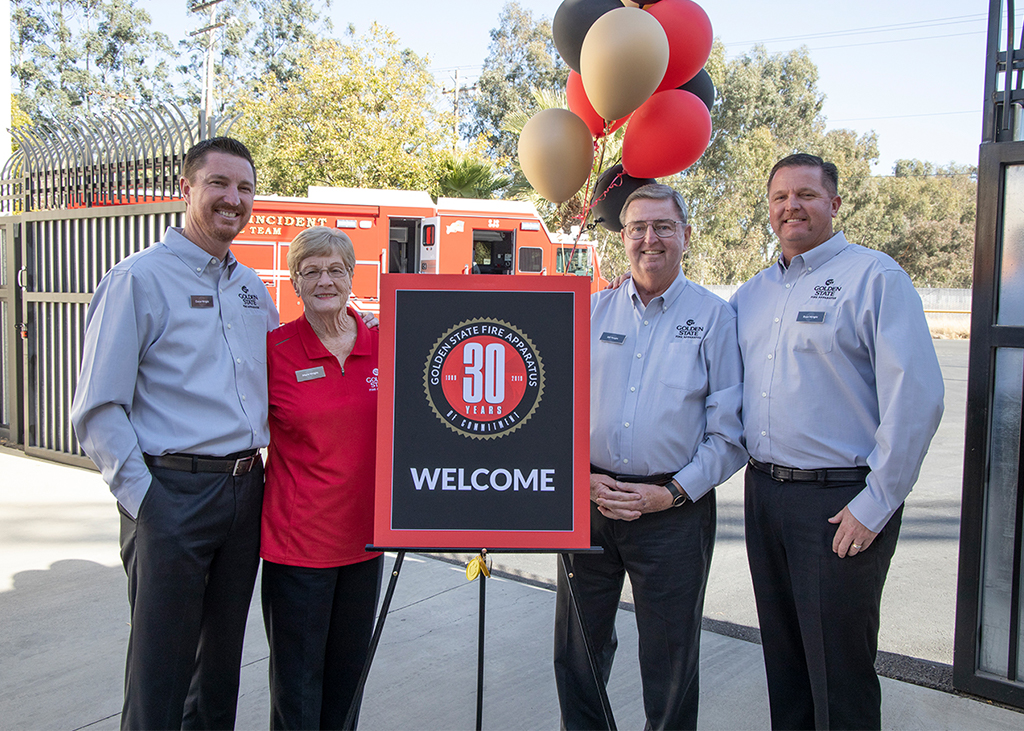
Golden State Fire Apparatus recently celebrated its 30th anniversary in business with an event at its Sacramento headquarters. Golden State is the No. 1 dealer of firetrucks and rescue vehicles in Northern California. It employs 36 people at its 33,814-square-foot facility, which includes a state-of-the art service department as well as a fully stocked parts […]
Skeeter apparatus top of the line in wildland environments
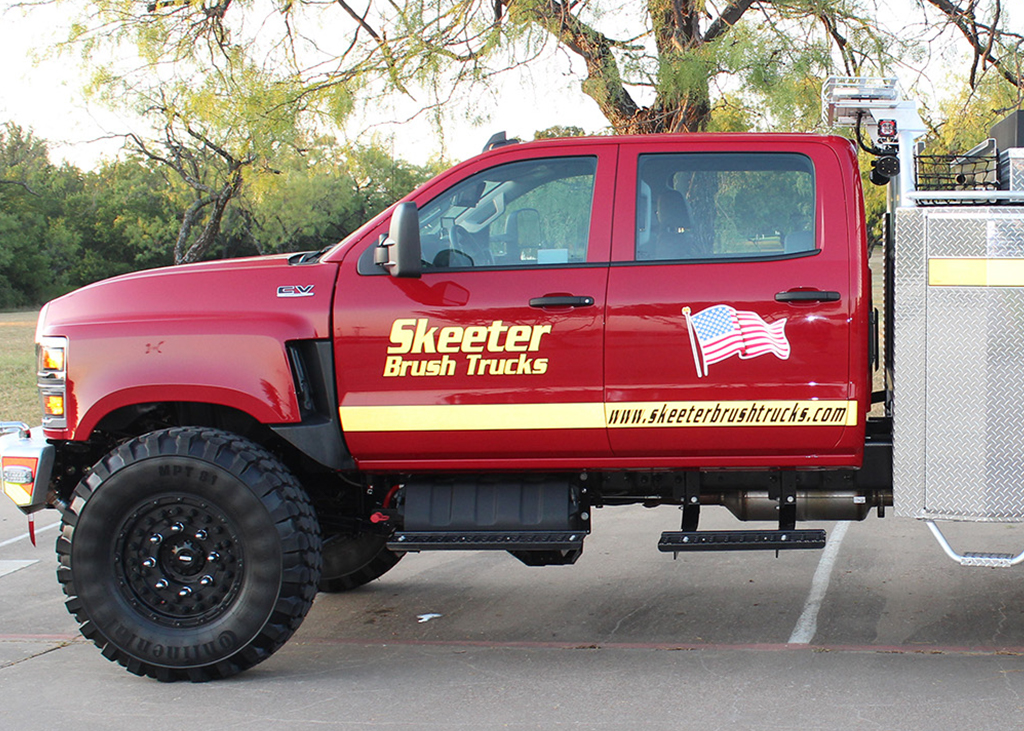
Fire danger rises exponentially each year as temperatures soar and conditions dry out in the Northern California mountains or when the hot Santa Ana winds blow off the desert toward the Southern California coast. Lives are endangered, homes and cities are threatened, and the risks increased for every minute that crews can’t get close to […]
Mobile unit makes pump testing easier, more convenient
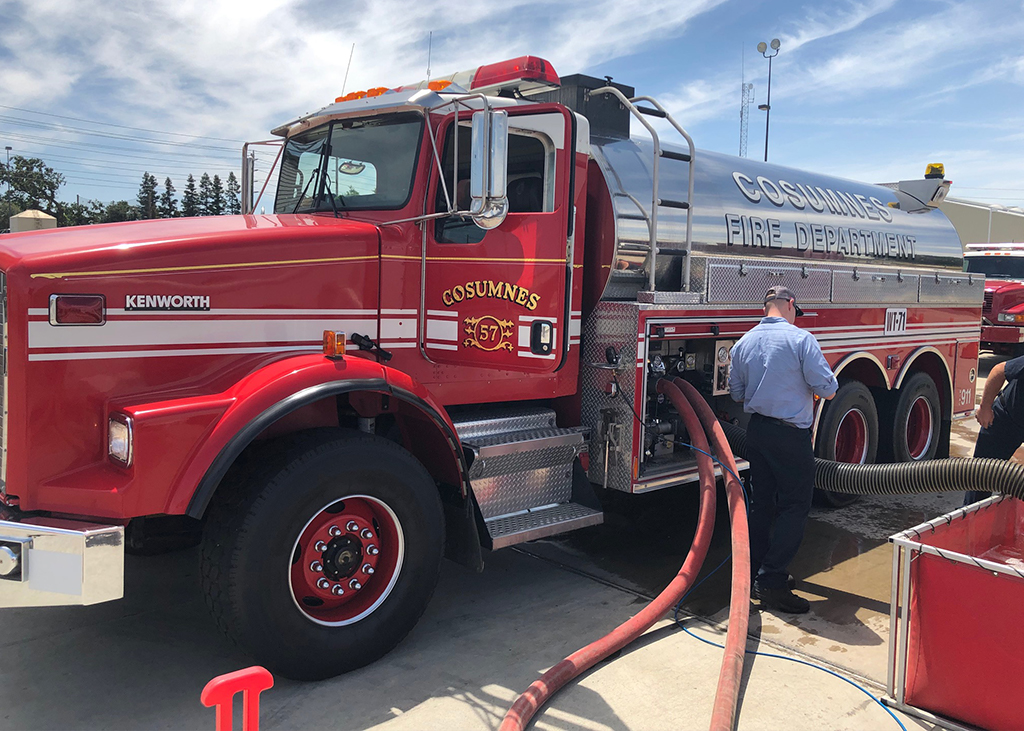
Among the most important pieces of any firefighting apparatus are the pumps. Whether they’re designed to discharge water or foam, the idea that a pump may not work properly at the scene of an emergency is a nightmare scenario for firefighters. The National Fire Protection Association as well as Insurance Service Office (ISO) guidelines recommend […]
Fire Truck Face-Off combines fun, competition and a good cause
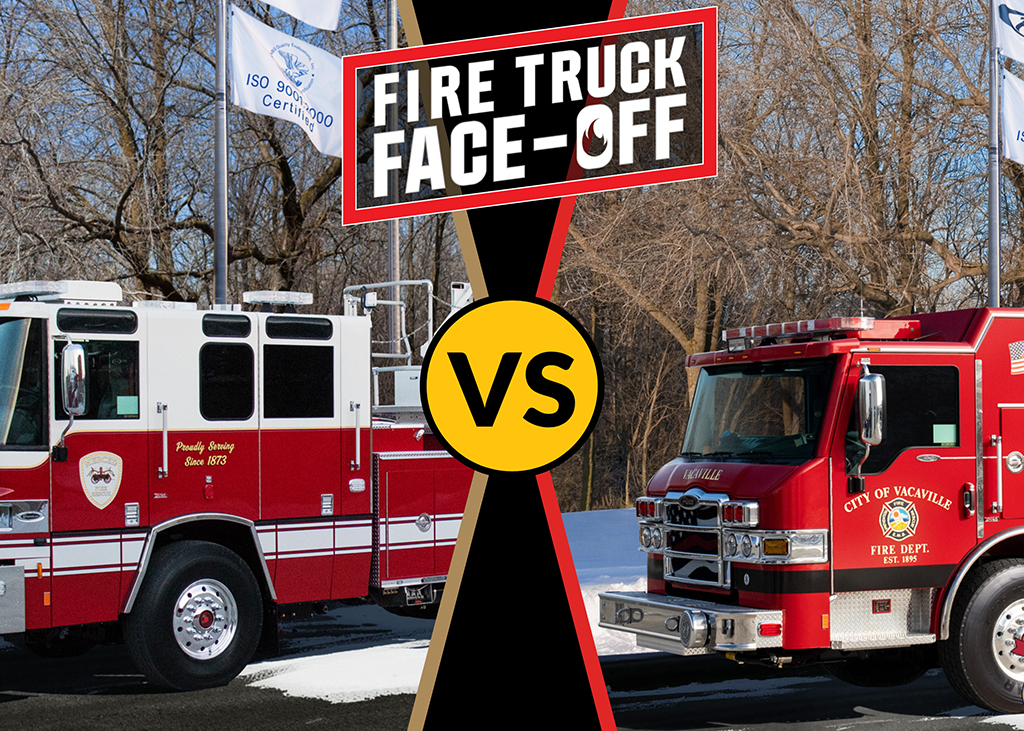
The NCAA basketball tournament – commonly referred to as March Madness by millions of fans – captures the attention of much of the country each spring as college teams compete to see who will be crowned the national champion. It’s compelling, it’s dramatic and it’s fun. Even non-fans are drawn in, often filling out their […]
Pre-construction meeting critical during ordering process
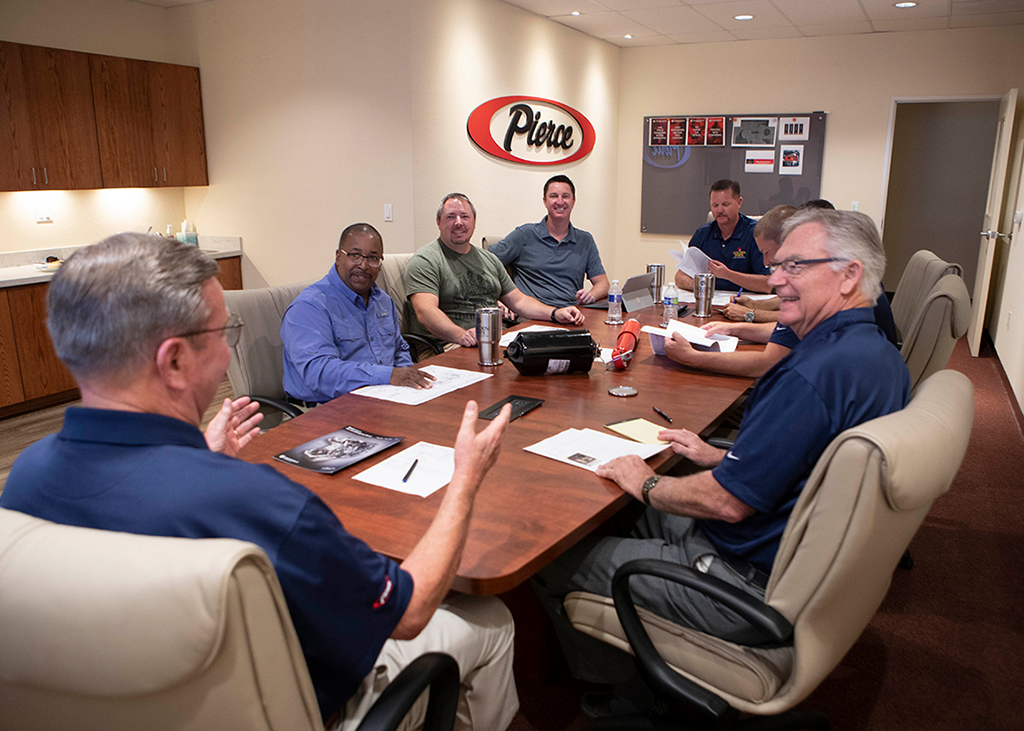
Golden State Fire Apparatus prides itself on customer service. It is part of what has made the Sacramento company the go-to destination for fire departments throughout Northern California. The philosophy is layered throughout every level of the GSFA organization – from sales to service – but there is no better example than what is known […]
Proper mounting of loose equipment critical for firefighters

Every second is precious at a fire scene. The last thing any firefighter wants to have happen when arriving on site is to open a compartment and struggle to get a critical piece of equipment. Fortunately, the professionals at Golden State Fire Apparatus in Sacramento – the region’s exclusive dealer for Pierce Manufacturing – make […]
Leases add flexibility, affordability to fire vehicle financing
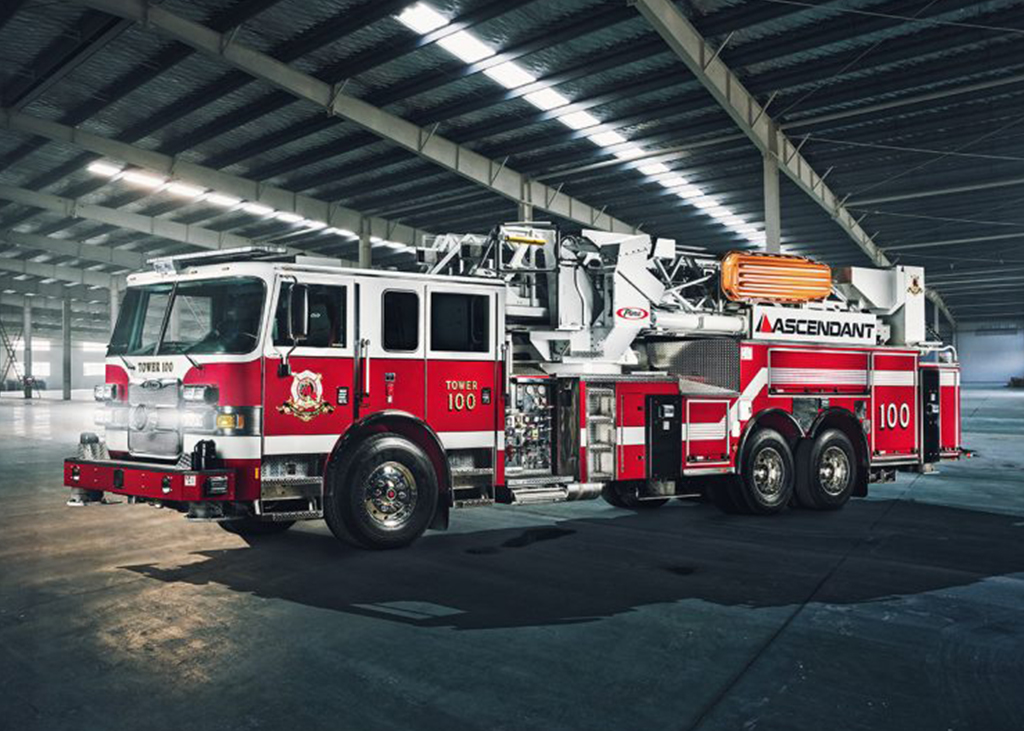
Leasing has become an ever more popular way for many fire departments and public agencies to finance expensive pieces of emergency equipment. The first, Wong said, is that leasing allows the acquiring agency to save cash. Rather than paying for the fire apparatus in one lump sum, leasing allows the agency to spread the acquisition […]
Command Zone Operation offers expanded capabilities
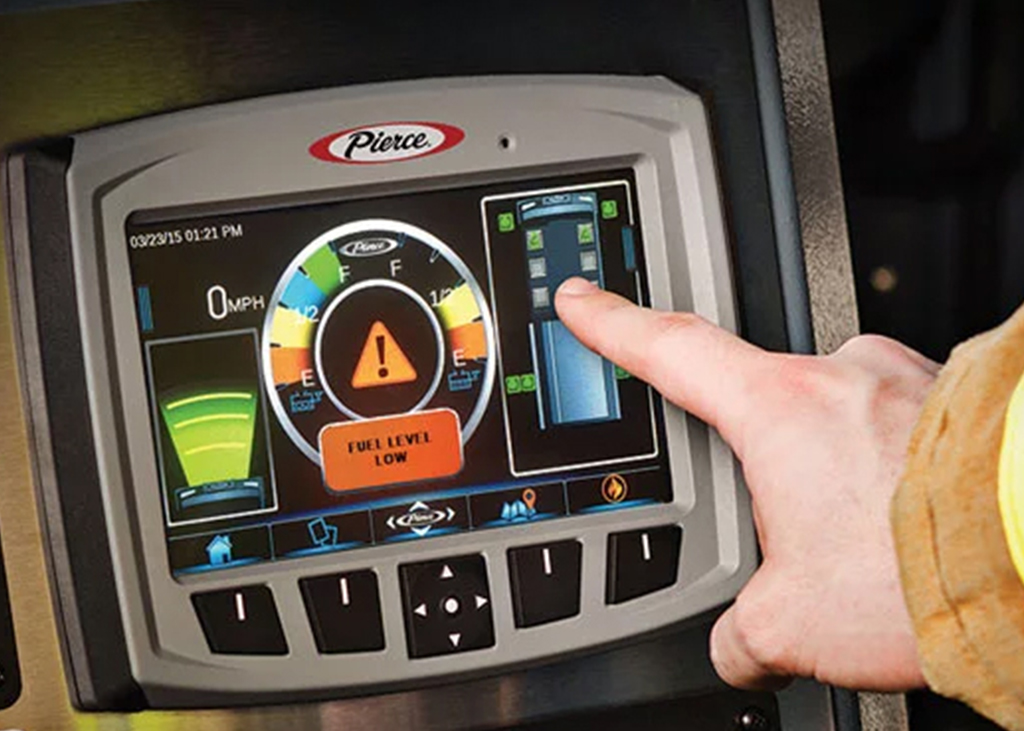
Command Zone system keeps operators informed One of the great options Pierce Manufacturing can include with its fire apparatus is called Command Zone. The system offers expanded capabilities to benefit the driver, officer and maintenance teams – and features technologies such as integrated GPS and Wi-Fi connectivity to enhance performance. In this blog, we’re going […]
Training a wise investment in fire mechanics and vehicles

Fire trucks are complicated and expensive pieces of machinery. It’s critical that the professionals who rely on them and service them understand how they operate to keep them in peak shape. Lives, literally, could be at risk if they aren’t. Training, therefore, becomes essential. Northern California Fire Mechanics Academy Training In California, the Northern California […]
Fall is the time to make sure fire service vehicles are checked
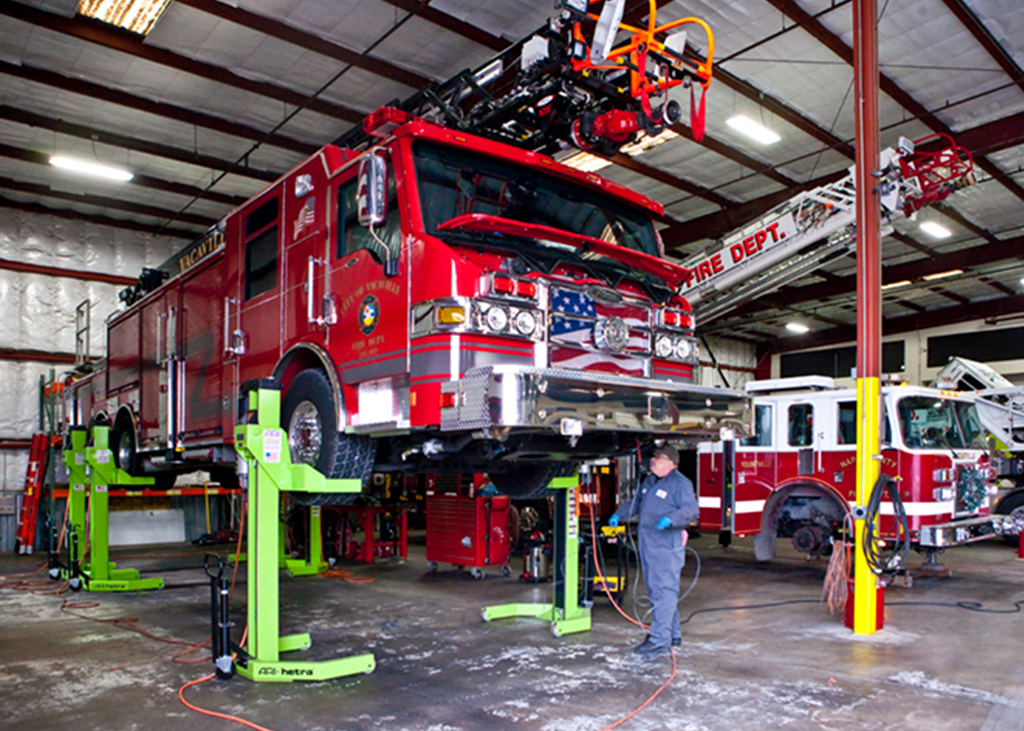
For most of the summer, it has felt like California has been burning. THE REALITY WILDLAND FIRE MAINTENANCE INSURANCE RATES THE REALITY Six firefighters and one fire equipment mechanic have lost their lives. Thousands of homes and buildings have been destroyed. The Mendocino Complex Fire – the largest in the state’s history – already has […]